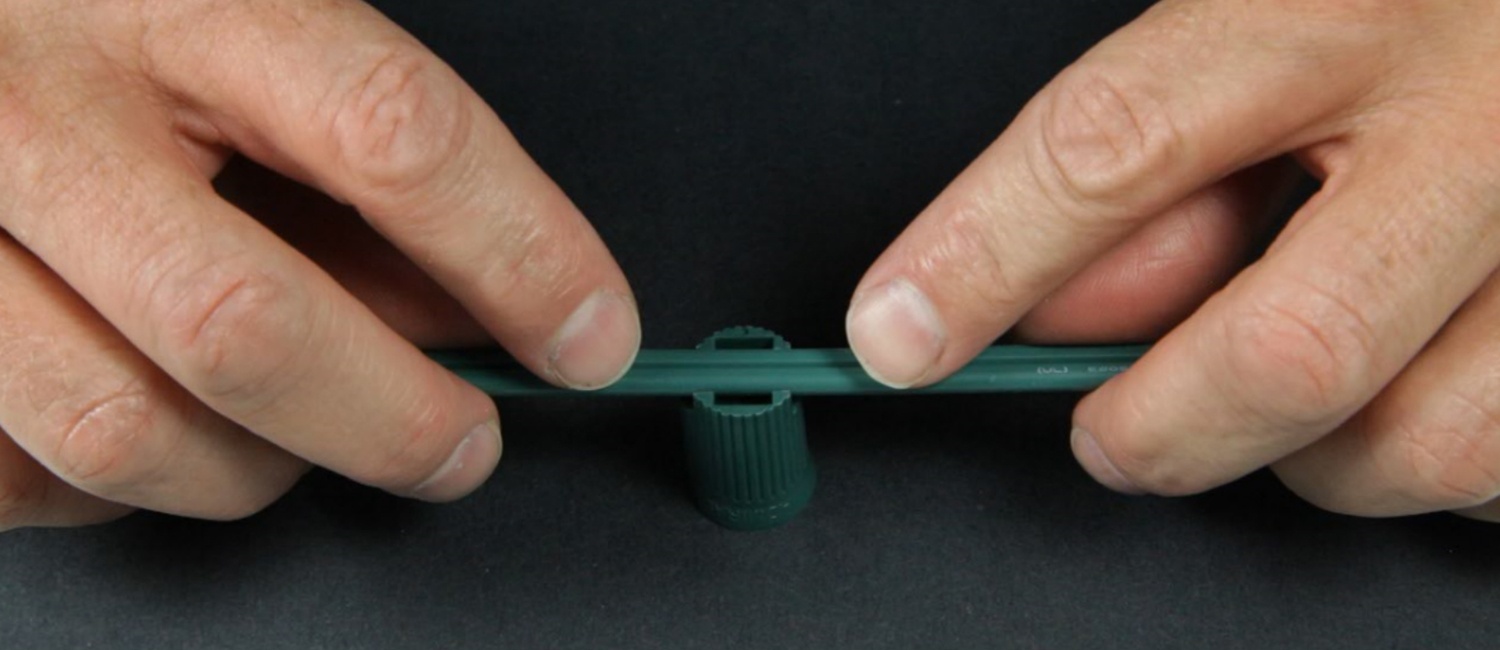America's most shopped online Christmas lights store!
- About Us
- My Account
- Sign Out
- Sign In
- Help
-
1-866-962-7382
Chat Now

Christmas Light Customization Options
There's nothing like a beautiful Christmas light display accented with zip tied clumps of electrical wire and mangled extension cords. Everyone's display needs are different and sometimes the best answer for the cleanest display is to customize your Christmas lights. But...not all Christmas lights can or should be customized. So, what do you do?
Christmas Lights NOT to Customize
While electrically savvy DIY'ers can tackle most basic wiring fixes, it is recommended that Christmas mini light strings that are damaged be replaced rather than repaired. Common mini light strings often include bulbs that are hardwired (not replaceable) and they use a three-wire configuration where the extra wiring is specially designed for the Christmas lights. Consult an electrician if attempting to fix or customize wiring like this because it is not advisable.
Christmas Lights THAT CAN BE Customized
Light stringers where bulbs can be replaced are commonly used for C7 and C9 Christmas bulb displays. The light stringers use a two-wire configuration only and the stringers can be bought in up to 1,000 ft spools, which is what professional installers often use to create custom length light runs. For homes that feature roof lines with extra peaks, windows, dormers and other architectural features that look good when outlined with Christmas lights, customizing the lengths you need can not only look much better, but it can be easier to install. It can also reduce the need for extra extension cords or leaving live open sockets in areas of the display you don't want bulbs to be seen. It also eliminates any excess wiring at the end of your runs.
Splicing Means Different Things to Different People
Basic electrical wiring can often be cut. The wire coating can be stripped, exposing the copper wire within it and then that wiring can be connected to a corresponding wire using any number of techniques like twist-on wire connectors, butt/splice connectors or making a permanent connection with solder. These connections can be further protected by covering them in electrical tape, liquid tape or heat shrink tubing. The process for doing this once for a fix is pretty straightforward, but if you need custom Christmas lights that require numerous splice connections it can be overly time consuming and not advisable. Luckily, there's a much faster way of creating custom Christmas lights using zip plugs, zip cord and zip sockets.
The Power of Zip Plug Connections
With zip plugs, zip cord and electrical accessories you can create custom lighting configurations tailored to your home's unique design. The result is a polished Christmas light display with clean lines and no extra mess of wires or unused sockets. When it comes to light wires, there are two options for customization. Before you decide which method to use, we recommend drawing a basic sketch of your house or the area you plan to light and adding exact measurements to the sketch. Planning your light display before making a purchase will save you from a lot of potential roadblocks during installation.
Option 1: Purchase commercial light strings or spools with the sockets already attached in popular increments like 6, 12 & 18 inch bulb spacing. These wires can then be cut wherever you want the light run to end. Then you'll add either a male or female zip plug to the cut end to finish it off.
Option 2: Purchase bulk wire and sockets separately. Then install zip sockets at any spacing intervals you like along the wire. You can either end the wire with a socket or add a male or female zip plug to the end as needed.
How to Install Zip Plugs on a Wire
Zip plugs feature a slide-off backing that lets you lay electrical cord inside. When you slide the backing on again, this presses the cord down onto the "vampire teeth" inside of the plug, creating a connection with the electrical current. The steps below will show you how to install these types of plugs on a wire. For information on which zip plugs and wires you should use for your project, visit our Wiring Accessories guide.

How to Install Zip Sockets